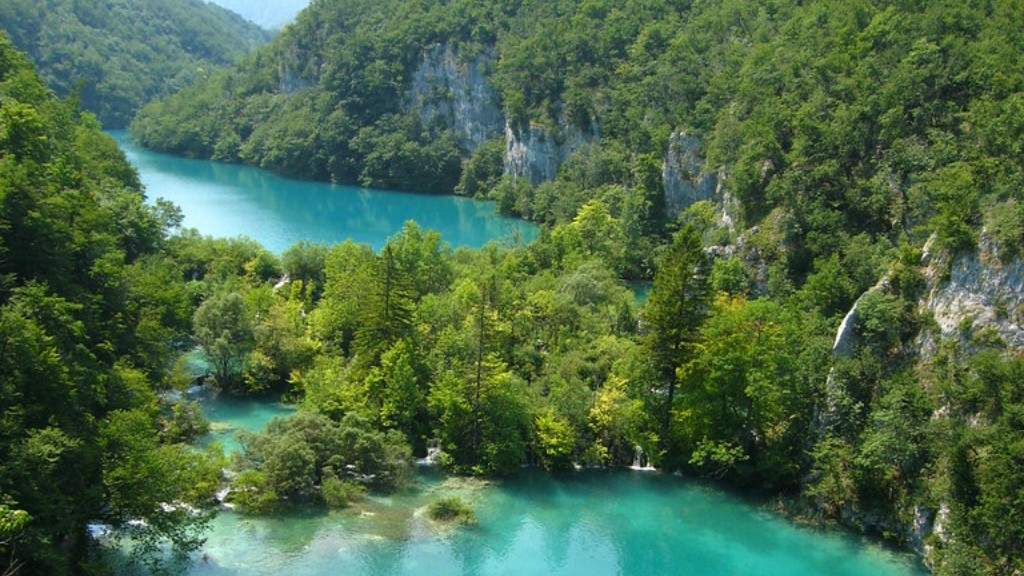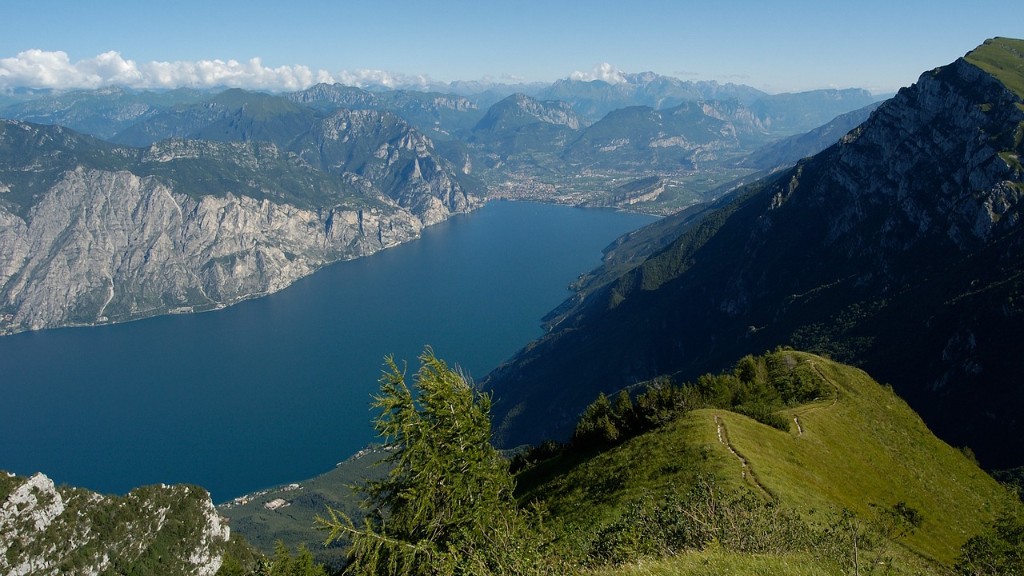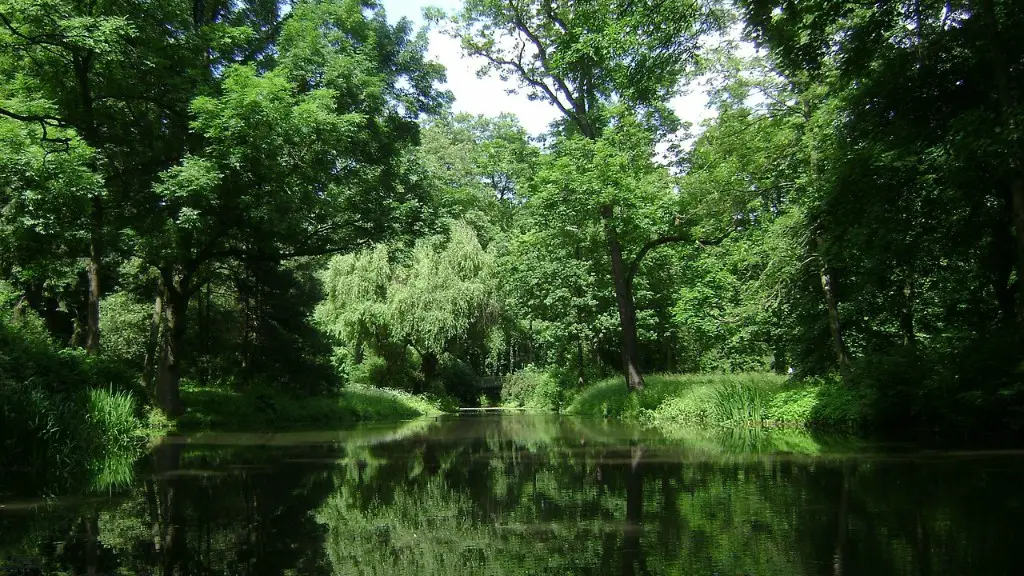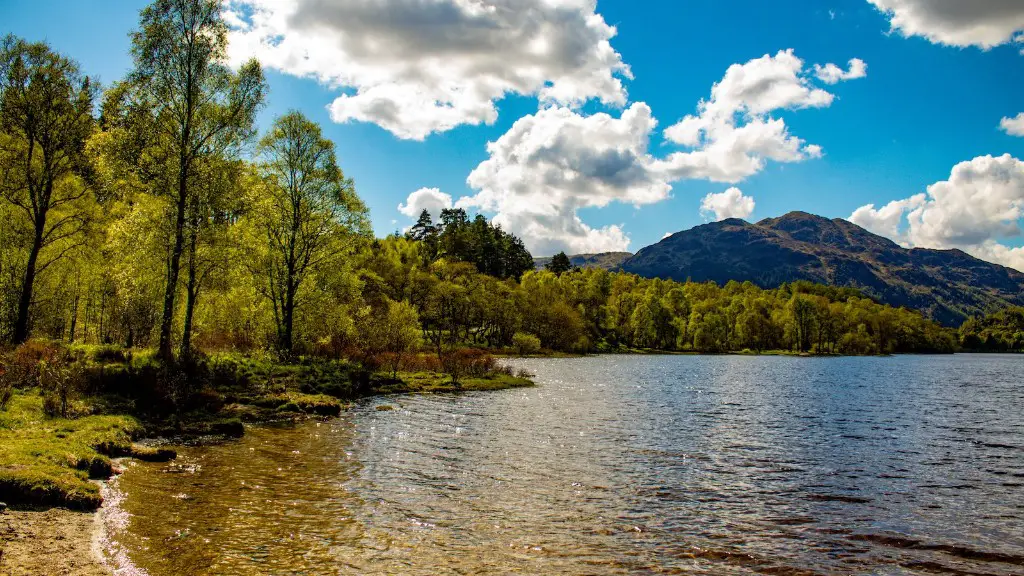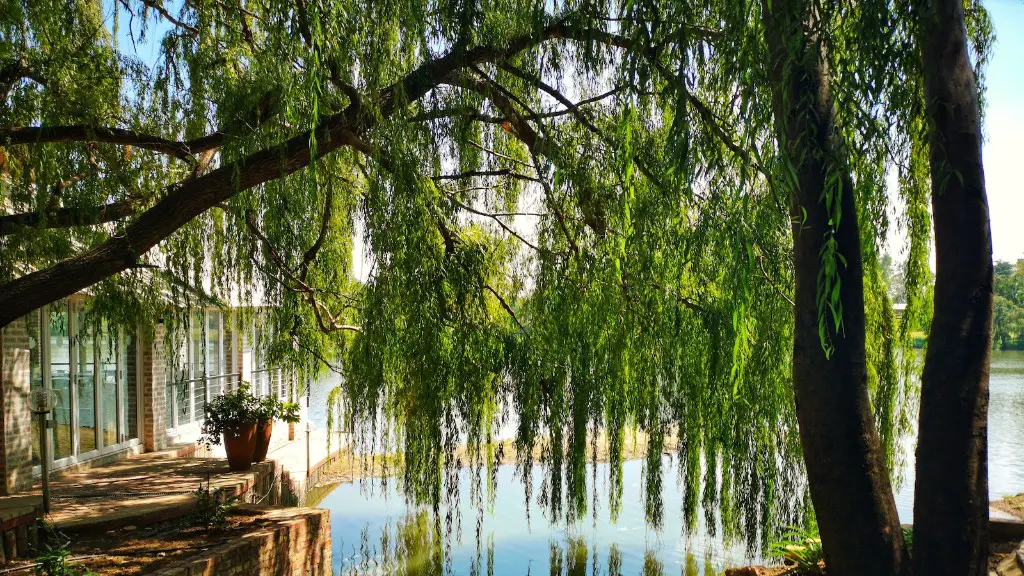Lake Malawi is the third largest lake in Africa and it is home to more species of fish than any other lake in the world. The lake, which is located in Malawi, Zambia and Mozambique, is home to more than 1,000 species of fish, most of which are cichlids. Lake Malawi’s fish are a major source of income and food for the local population, and play an important role in commercial fisheries.
As a result of the lake’s unique geography, variety of microhabitats and other characteristics, cichlids have been able to evolve and diversify into so many species – the most recent estimates suggest that more than 500 species exist within Lake Malawi. What makes this lake so special is the astonishing range of rock formations along it’s shoreline that offer shelter and food. Additionally, sand bottoms and mud flats with abundant food sources also play a vital role in determining the composition of the species in the lake.
One of the most common species in Lake Malawi are Mbuna cichlids. Nearly 500 species of Mbuna can be found along the rocky shores of the lake and they are considered to be one of the most diverse groups of fish species in the world. These fish are known for their bright colors and active behavior. They can mostly be found at the edges of rocky outcrops feeding on algae that grows on the rocks.
Another common species of fish in Lake Malawi are the Haplochromines, sometimes referred to as Haps. Haplochromines can be found in almost any part of the lake – from small inlets to the sandy parts of the lake. Haps are popular among aquarium enthusiasts because of their great color variation, their peaceful behavior and the fact that they can survive in aquariums without rocks.
Apart from the two most common species of Lake Malawi cichlids, the lake is also home to a variety of other species, including Catfish, Carp, Tilapia, and Elephantfish. The size and diversity of these species vary greatly throughout the lake, and some species have even been known to migrate to other parts of the lake in search of food during different times of the year.
The number of species in Lake Malawi is constantly changing due to ecological disturbances, human activities and other factors. That said, there are still an astonishing amount of different species in the lake, and researchers are continually discovering new and exotic fish species in it.
Despite the lake’s unprecedented variety of species, the lake is under threat from pollution, overfishing and climate change. Scientists and conservationists are becoming increasingly concerned about the future of the lake’s native fish species. Organizations such as the African Global Conservation are working hard to preserve and protect the lake’s fragile ecosystems and ensure the future of its species for generations to come.
Impact Of Climate Change On The Species In The Lake
Climate change is having a huge impact on the species in Lake Malawi, as warming temperatures are causing the water levels to rise, leading to an increase in sedimentation and nutrient loading, which in turn can reduce the water’s oxygen content. Additionally, the changing climate is also causing an increase in the occurrence of droughts and floods, which can further disrupt the habitats of the fish species.
The temperature changes in Lake Malawi are affecting the fish species in some very profound ways. For example, the warmer temperatures are making it harder for some of the species, such as the rare Elephantfish, to survive. The warmer temperatures can also alter the spawning cycle of certain species and affect the survival rate of certain fish species. As a result, the lake is becoming more and more vulnerable to overfishing and other human activities that are leading to its decline.
In order to protect the species in Lake Malawi, there needs to be an increased focus on sustainable fishing practices and an increased commitment to preserving the lake’s biodiversity. Additionally, it is important to increase awareness of climate change and its impacts on the lake’s fish species, as well as to promote conservation efforts aimed at protecting the lake’s habitats.
Conservation Efforts For The Species In The Lake
As the lake’s fish species are rapidly declining, conservation organizations are working hard to ensure their survival by putting in place a number of measures. These include implementing more stringent fishing regulations and increasing efforts to promote sustainable fishing. Additionally, there are a number of reforestation programs taking place around the lake, aimed at restoring habitats that are important for certain species.
Another important part of conservation efforts is increasing awareness of the importance of the lake’s species. By educating local communities about the importance of fish conservation, it is possible to ensure that the fish species will be able to thrive for many years to come. Furthermore, it is important to introduce new technologies, such as remote sensing, to monitor the habitats of the species and identify areas that are particularly vulnerable to overfishing and pollution.
Finally, it is also important to promote ecotourism in order to generate revenue that can be used to fund conservation initiatives in the lake. Ecotourism has the potential to generate income while simultaneously offering an opportunity for visitors to witness the natural beauty of the lake’s species in their native habitats.
The Importance Of The Species In The Lake
The importance of the fish species in Lake Malawi cannot be neglected. The lake’s fish species play an important role in the local economies, providing food for millions of people. Furthermore, its native species play an important role in maintaining the lake’s biodiversity, thereby contributing to a healthy ecosystem.
Lake Malawi’s fish species also provide valuable genetic traits that can be used to improve food production and also provide new varieties of fish that can be exported to other parts of the world. Additionally, the lake is also a popular destination for tourists, with its exotic species and breathtaking landscapes.
Ultimately, protecting the species in Lake Malawi is essential for its long-term sustainability. By continuing to implement conservation efforts and increase public awareness of the lake’s biodiversity, Lake Malawi’s species can be conserved and their habitats protected for many generations to come.
Threats To The Species In The Lake
Unfortunately, the various species of fish in Lake Malawi are facing severe threats that are putting their future in danger. These threats include overfishing, pollution, climate change and habitat destruction. These threats are causing a sharp decline in the lake’s fish population, which is making it increasingly difficult for the fish species to survive.
Overfishing is of particular concern, as it has the potential to deplete the lake’s fish populations and disrupt the fragile balance of the lake’s habitats. Additionally, the number of unregulated fish species is also increasing, as some species are being introduced to the lake without proper oversight. This is causing an increase in competition for resources and is negatively impacting the native species.
Pollution is also a major threat to the species in Lake Malawi, as it is leading to an increase in sedimentation and nutrient content in the lake. This in turn is causing oxygen levels to drop, which is having a devastating effect on the lake’s fish species. Furthermore, the pollution is also leading to a decrease in the amount of food available for the fish, making it harder for them to survive.
Finally, climate change is also having a great impact on the lake and its species. As temperatures rise, the lake’s water levels are increasing, leading to an increase in sedimentation and a decrease in oxygen levels. This further contributes to the degradation of the lake’s habitats, making it harder for the species to survive.
Conclusion
Lake Malawi is home to more species of fish than any other lake in the world and is an important source of food and income for the local population. Unfortunately, the lake’s native species are facing a number of threats, including overfishing, pollution, climate change and habitat destruction. In order to protect the species in Lake Malawi, there needs to be an increased focus on sustainable fishing practices and an increased commitment to preserving the lake’s biodiversity. Additionally, it is important to increase public awareness of the importance of the lake’s species and promote conservation efforts aimed at protecting the lake’s habitats.
